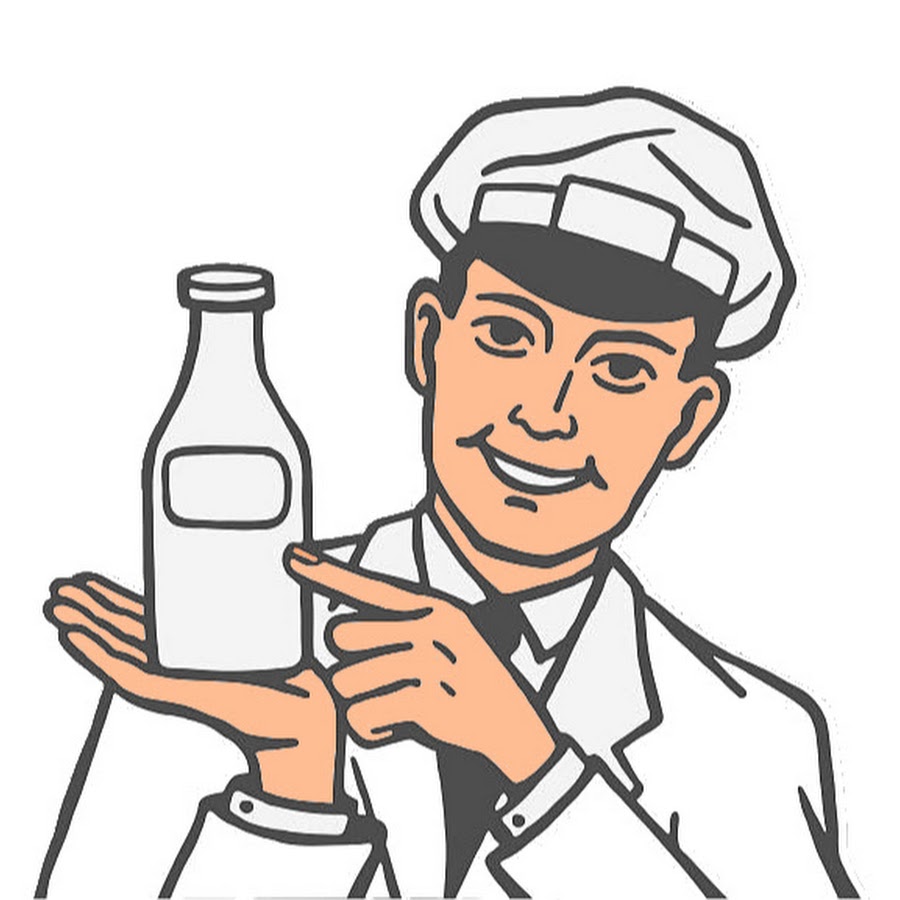In the beginning…
I want to take a trip down memory lane as a set-up for this short article. Of course, it’s only a memory for you if you are of sufficient age, which I assume many of you are not. And English, which most of you won’t be. For many, it will sound like nostalgic nonsense. Like when my grandparents would tell me about eating squirrels during the war or boiling their socks.
The memory I want to share is the early morning home milk delivery. The doorstep service provided by the ‘milkman’. The inherent gender bias in the title gives away its epoch as the 1970s. Yes kids – before society evolved to the dizzy heights where you can have chicken nuggets delivered to you at 3:00am, by a cash strapped student on a bike – we also had home delivery.
In an era when we were happily destroying the ozone layer to allow us a more convenient way of masking our armpit odour, driving gas-guzzling cars, and burning millions of tons of coal to keep our 100w light bulbs shining bright, the milkman was a pioneer of the green movement. They drove an electric vehicle and collected empty glass bottles for recycling. Not a plastic carton in sight. Well, apart from the crates but they were reusable.
Differentiation
But enough of this wistful reminiscence. The set-up was just to make sure we are all on the same page about what a milkman is and the sort of service they provided. An important factor to add to the mix is that the price of milk was fixed in the UK at that time by a government department called the milk marketing board. When it came to differentiating their competing offers, the price was one lever the milkman had no control over.
Even without price controls, this was a service that was hard to differentiate. The basic value proposition of “I will deliver fresh milk to your door, in time for your breakfast, and collect your empty bottles at the same time” was simple and hard to improve. Milk is an undifferentiated product and if it was on your doorstep when you got up there was not much else you wanted or needed.
Some innovators tried to expand the range of products to include cheeses or fruit juice, but this never really took off. It was easy to replicate and just added complexity to operations while reducing the amount of milk you could deliver.
This lack of a competitive dynamic meant that your milkman was a permanent fixture. Nobody was interested in changing suppliers and unless your current milkman retired or was shot by a jealous husband, he was pretty much yours for life. It was the sort of controlled and stable economic model that Stalin would have approved of.
How to stand out from the dairy herd
This unchanging and sleepy market was challenged by an ambitious competitor. He was struggling to build his customer base for all the reasons that have been mentioned. Then he hit on a cunning plan. He would make a claim to a benefit that none of his competitors was currently utilizing. More importantly, it was a claim his potential customers would care about.
As a result of this bold audacious move, he managed to differentiate his offer and grew his business at the expense of his local rivals. So, what was the secret this milkman turned marketing maverick hit upon? He told his customers, by way of a large sign on the side of his milk float, that all his bottles were steam sterilised before reuse “for your family’s safety”.
He knew that 90% of his potential customers were women who were – remember this was the 1970s – classified as housewives. They were homemakers and child raisers who were generally in charge of their household’s well-being and orderly functioning. Providing safety was an important part of this role. When all other things were equal then choosing the ‘steam sterilised bottles’ was the logical choice.
However, it was bullshit
I don’t mean that he didn’t steam sterilise his recycled bottles. That would just be straight-up deception and a very short-term strategy. The bullshit was of two varieties. Firstly, none of his target customers had experienced harm caused by unsterilized bottles. The implied danger he was suggesting he could remove had never presented itself. Nobody heard the words “I’m sorry Mrs Jones, but Timmy is gravely ill. Has he been drinking milk from unsterilised bottles.
Cynics would say that marketing is nothing more than the act of creating a phantom menace purely to generate a conducive environment to sell a solution. In part they are right. Listerine popularized an old and defunct medical term halitosis to create a scientific and medical basis for selling their mouthwash.
King Gillette, the razor pioneer, made much of the risks in sharing a blade with others at the barbershop to promote his personal shaving products. Even though, unless your barber was Sweeney Todd, there wasn’t much evidence of any real peril.
The second type of bullshit was the fact that every provider of bottled milk had to steam sterilize their bottles. It was a mandatory requirement. This is, of course, why nobody had suffered from unsterilised bottles. What our intrepid milkman had done is claim something that everybody else in the business had assumed was a standard undifferentiated feature.
His competitors may have cried foul and reasonably pointed out that everybody had to sterilize their bottles, but he was the first to be explicit. He claimed the unclaimed.
The art of positioning
Positioning is the act of owning a position in your prospective customer’s mind that becomes indelibly associated with your product. Take Volvo and car safety as an example. Volvo were pioneers of car safety and still make cars with a heavy emphasis on driver and passenger protection. Independent bodies regularly place them near the top of their ratings. But they are no longer objectively the safest cars in the world. Others have caught them up and, in some cases, overtaken them. Yet Volvo still owns the safest car position in many prospective customer’s minds.
Once you own a position and have staked a claim in the customer’s mind, it is nearly impossible to get evicted. Other competitors may say “me too” but that is insufficient. Once our milkman had claimed the position of steam-sterilized bottles for your family’s safety, he was forever known for that position.
The common error of positioning
If you read textbooks about marketing and positioning you will invariably come across the phrase ‘unique, important, and believable’. These, you will be informed, are the three criteria that a good positioning statement should have. It should be unique to you and therefore hard for the competition to emulate. It should be important to the customer. And your claim that you possess or can deliver this attribute needs to be credible.
I am ok with the important and believable/credible elements, but I think the unique criterion can push people in the wrong direction. It can lead to a fruitless search for something truly unique to your offer. That is a tough ask and even if you find something chances are it won’t be that important to the customer.
Substitute unique with unclaimed. Look at all the important aspects of your offer and try to find anything that is unclaimed, important and believable. It is the business equivalent of finders keepers.

 Sean Welham
Sean Welham